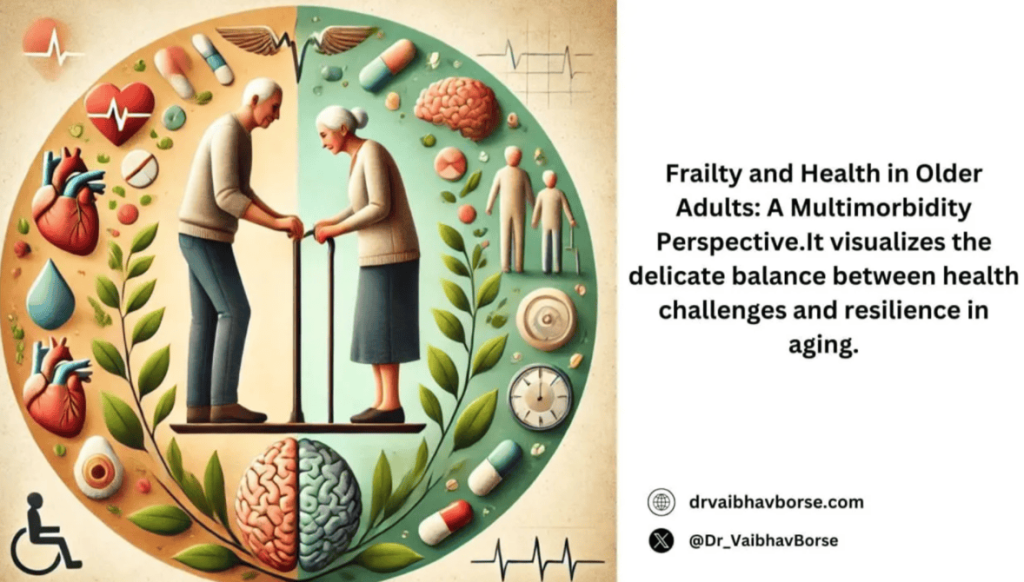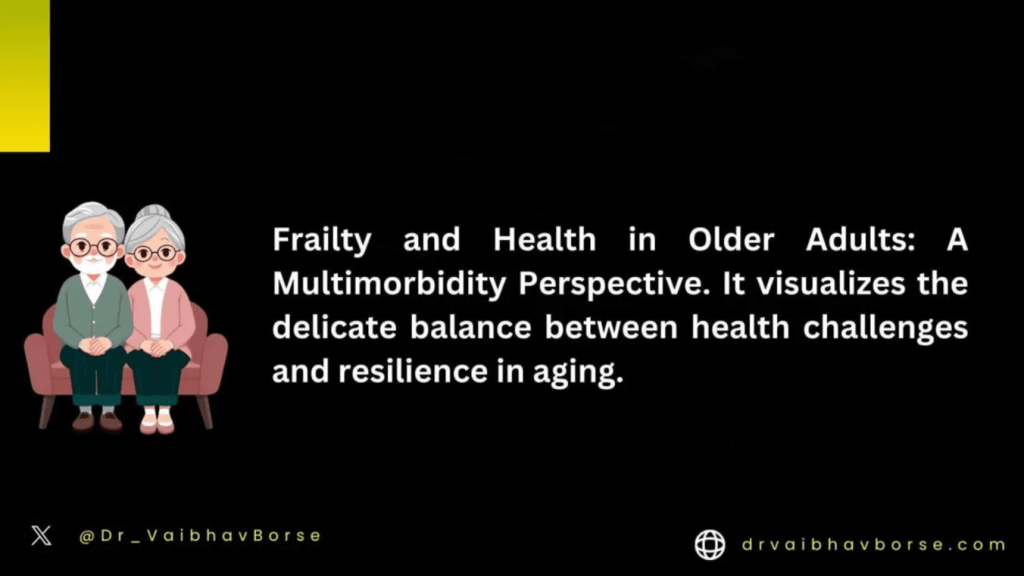Frailty is a widespread and intricate condition among older adults, marked by diminished physiological reserves and heightened vulnerability to adverse health outcomes. As the global population ages at an accelerated pace, tackling frailty has become a pressing public health priority. Viewed through the lens of multimorbidity — the coexistence of multiple chronic conditions — frailty presents distinctive challenges as well as opportunities for intervention.
While frailty and multimorbidity are closely connected, they remain separate concepts. Multimorbidity plays a pivotal role in the onset of frailty by exerting cumulative stress on bodily systems. Chronic conditions like diabetes, cardiovascular disease, and arthritis can hasten the decline in physical and cognitive functions, creating a cyclical relationship where frailty amplifies the effects of chronic diseases, and these diseases, in turn, worsen frailty. This interplay often results in increased hospitalizations, reduced quality of life, and premature mortality.
Evaluating frailty within the framework of multimorbidity necessitates a thorough and personalized approach. Traditional diagnostic methods, which primarily focus on disease-specific symptoms, fall short of capturing frailty’s multidimensional nature. Tools such as the Frailty Index and the Clinical Frailty Scale have demonstrated effectiveness in identifying frailty by assessing physical, cognitive, and social dimensions. Integrating these tools into routine healthcare enables clinicians to craft individualized care plans that address both frailty and underlying chronic conditions.
Addressing frailty requires holistic and multidisciplinary interventions. Exercise programs, particularly those focusing on strength and balance training, have proven effective in enhancing mobility and reducing fall risks. Nutritional interventions, such as protein supplementation and correcting deficiencies like vitamin D, are vital for preserving muscle mass and overall health. Furthermore, effective multimorbidity management calls for coordinated care among primary care providers, specialists, and allied health professionals.
Psychosocial factors also significantly influence the frailty-multimorbidity relationship. Issues such as social isolation, depression, and cognitive decline can intensify frailty and impede recovery efforts. Community-based initiatives that encourage social interaction and offer mental health support are critical components of a comprehensive care strategy.

Recognizing frailty as a dynamic and potentially reversible condition offers hope for improving outcomes among older adults. Healthcare systems can transition from reactive to proactive care models by addressing the interconnection between frailty and multimorbidity. Early detection, preventive measures, and individualized management are key to preserving independence and enhancing the quality of life for older individuals.
Conclusion :
In summary, frailty and multimorbidity pose considerable challenges in geriatric care but also create opportunities for impactful interventions. Integrating physical, nutritional, psychosocial, and medical strategies can foster healthier aging and better support the aging population.
